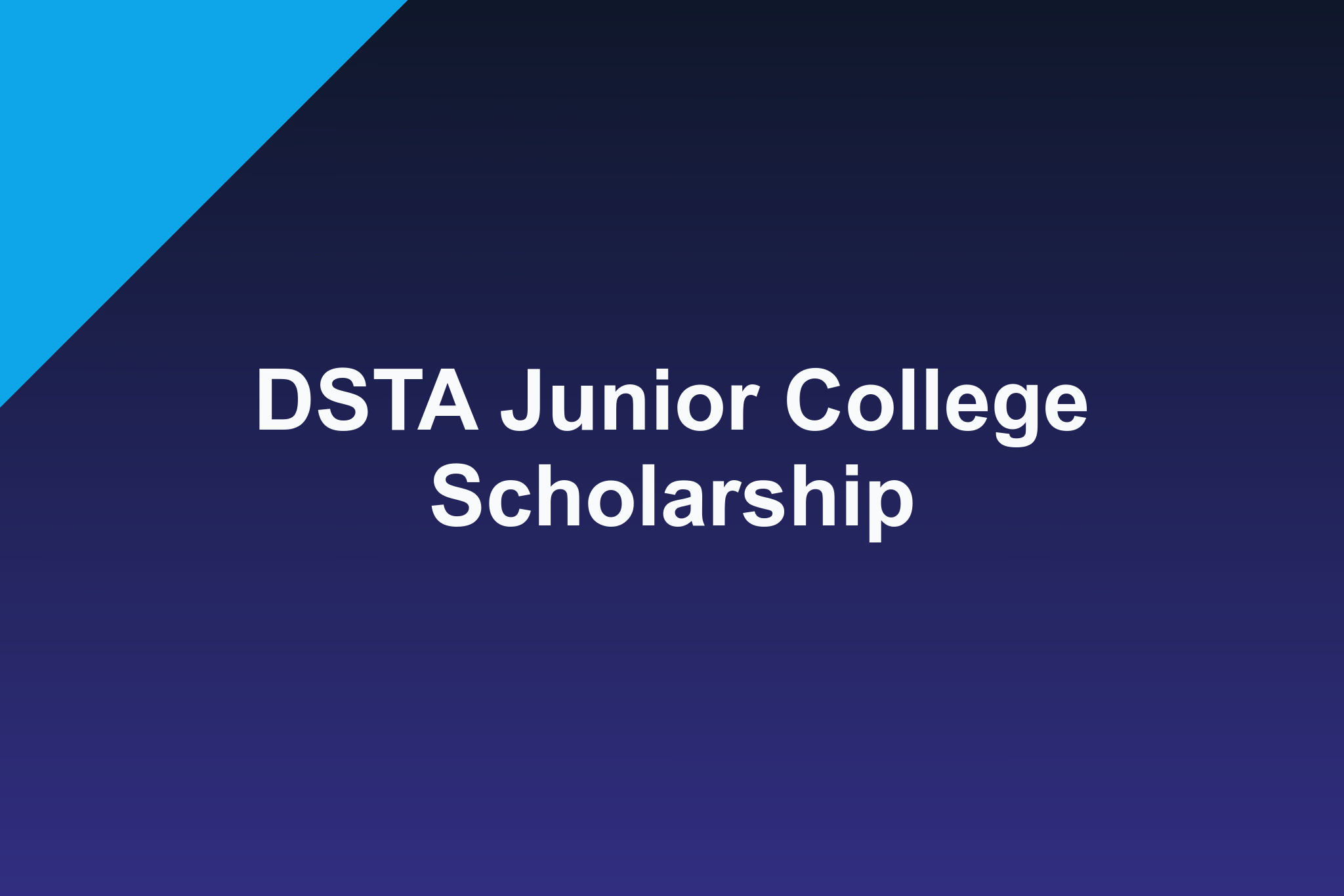EMA Scholarship (Mid-Term): 2025 Conversion Guide
Download printable cheat-sheet (CC-BY 4.0)07 Mar 2025, 10:20 Z
Join our Telegram study groupQ: What does EMA Scholarship (Mid-Term): 2025 Conversion Guide cover?
A: Everything current undergraduates need to know about converting to the EMA Mid-Term Scholarship, including coverage, internship structure, and service bond obligations.
TL;DR\ EMA's mid-term scholarship converts standout undergraduates into energy-sector leaders—excel academically, show sustainability impact, and prepare for policy-technical interviews that probe your readiness to serve.
Scholarship Snapshot
- Status: Application Cycle Closed (last checked 2025-03-07)
- Official Portal: EMA Scholarships
- Who It Targets: Year 2–4 undergraduates in engineering, data science, economics, or sustainability disciplines keen to join Singapore's energy regulator
- Support Provided: Coverage of remaining tuition fees, back-payment of eligible tuition incurred, living allowance, exchange support, and internships with EMA or partner utilities
- Tenable Institutions: NTU, NUS, SMU (quant tracks), SUTD, and approved overseas universities offering relevant programmes
- Bond: Remaining portion of a four-year (local) or six-year (overseas) service commitment with EMA, pro-rated to scholarship tenure
Development Journey
- Summer attachment – mid-term scholars join EMA earlier to work on live regulatory or innovation projects.
- Professional sponsorship – access to Chartered Engineer pathways, grid analytics certifications, or postgraduate sponsorship (subject to performance).
- Cross-agency collaboration – opportunities to collaborate with EDB, HDB, PUB, or JTC on energy projects.
- Mentorship pairing – each scholar is matched with a senior engineer or policy officer for career planning.
Application Roadmap
- Check eligibility – maintain CAP/GPA ≥ 3.5 (or Second Upper equivalent) and secure faculty references.
- Prepare submission – include academic transcripts, internship records, and a motivation statement focusing on energy transition goals.
- Complete assessments – numerical reasoning and situational judgement tests gauge problem-solving and judgement.
- Attend interviews – expect scenario questions on grid reliability, renewable integration, demand response, and stakeholder engagement.




